
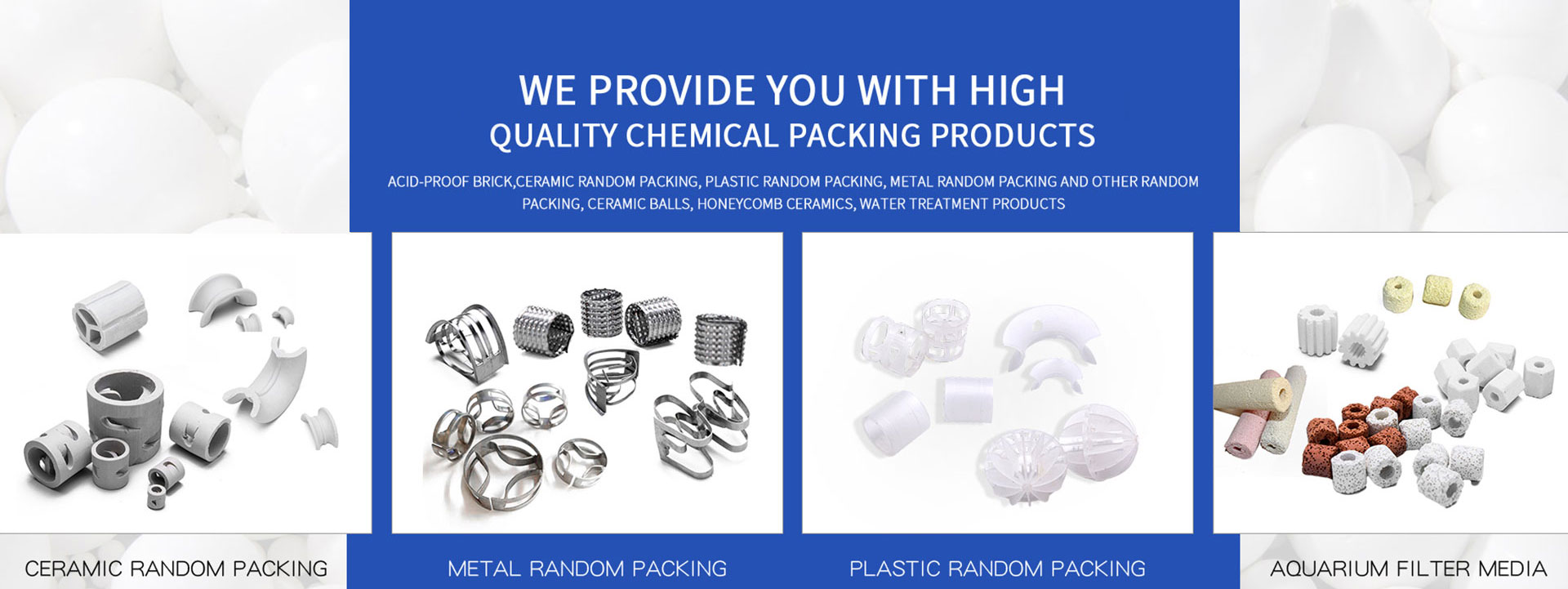
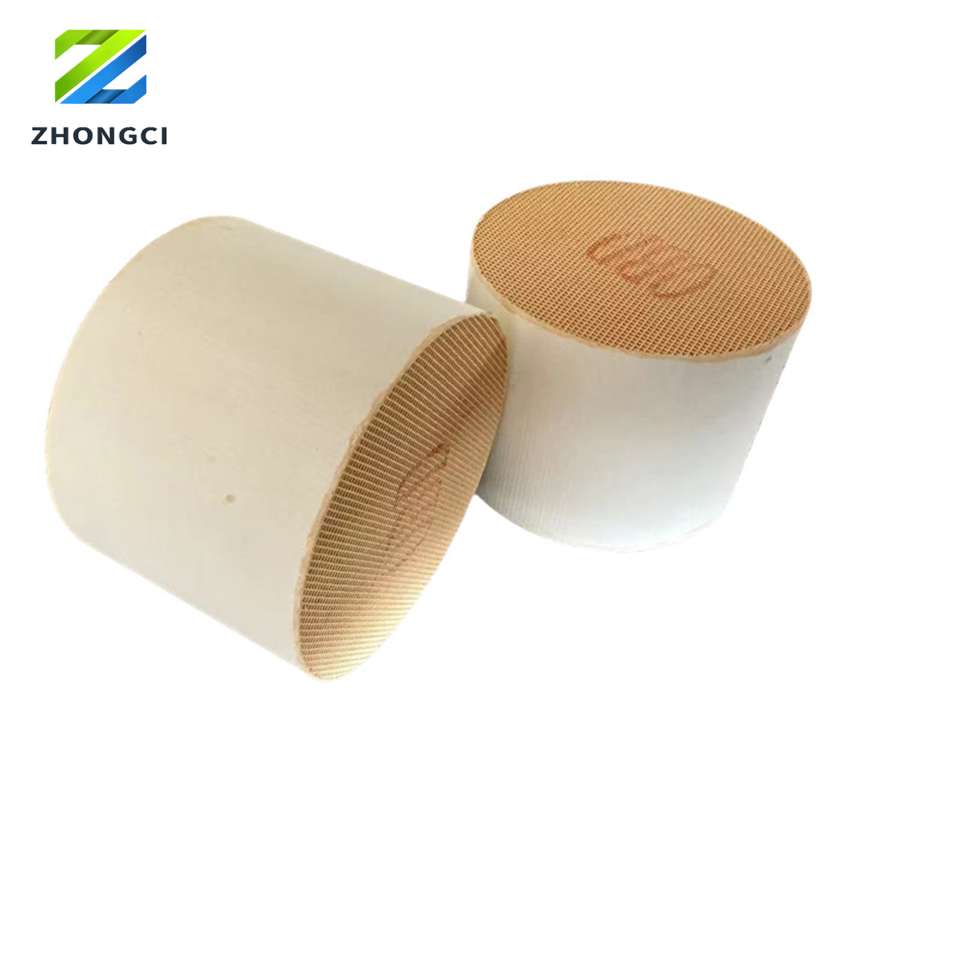
SCR catalyst carrier honeycomb catalityc converters filter universal catalyc converter other auto engine parts
SCR catalyst carrier honeycomb catalytic converters are essential for reducing NOx emissions in diesel engines and industrial processes. Their honeycomb structure, combined with advanced catalytic materials, ensures high efficiency, durability, and compliance with environmental regulations. Whether made from ceramic or metallic materials, these carriers play a vital role in clean air technologies and sustainable industrial practices.
Quick Details
Advantage
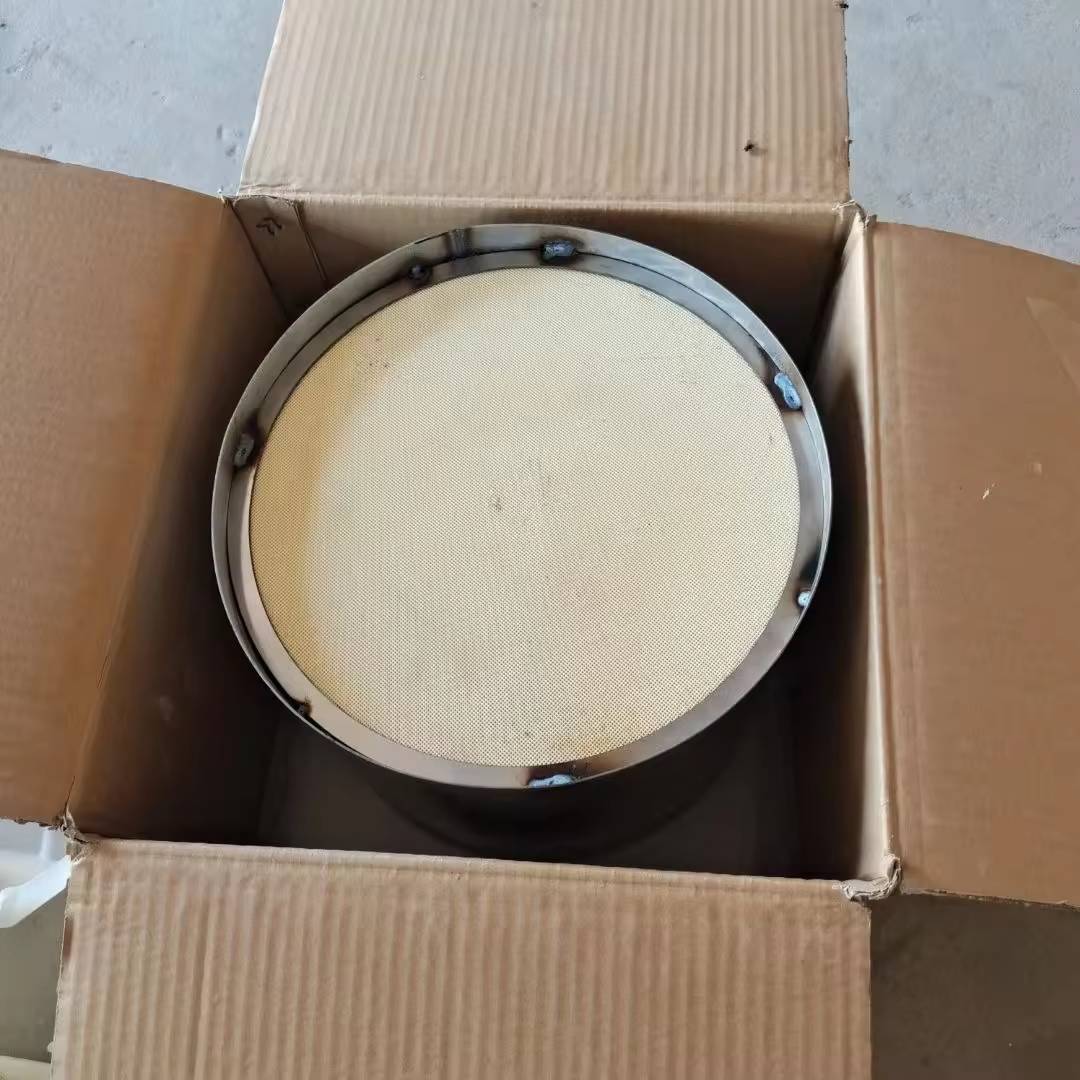
SCR Catalyst Carrier Honeycomb Catalytic Converters are critical components in Selective Catalytic Reduction (SCR) systems, which are widely used to reduce harmful nitrogen oxide (NOx) emissions from diesel engines, industrial processes, and power plants. The honeycomb structure serves as a carrier for the catalytic material, providing a high surface area for efficient chemical reactions that convert NOx into harmless nitrogen (N₂) and water (H₂O).
Honeycomb Structure:
The carrier is typically made of a ceramic or metallic material with a honeycomb-like structure.
The honeycomb design provides a large surface area for the catalytic material while maintaining low pressure drop for exhaust gases.
Catalytic Material:
The honeycomb structure is coated with a catalyst, usually made of vanadium oxide (V₂O₅), tungsten oxide (WO₃), or zeolites.
These catalysts facilitate the reduction of NOx in the presence of a reducing agent, such as ammonia (NH₃) or urea (AdBlue).
Material Types:
Ceramic Honeycomb: Commonly made from cordierite (2MgO·2Al₂O₃·5SiO₂), which is lightweight, thermally stable, and cost-effective.
Metallic Honeycomb: Made from stainless steel or other alloys, offering higher mechanical strength and thermal conductivity.
Exhaust Gas Flow:
Exhaust gases containing NOx pass through the honeycomb structure.
Reducing Agent Injection:
A reducing agent (e.g., urea or ammonia) is injected into the exhaust stream.
Catalytic Reaction:
The catalyst facilitates the reaction between NOx and the reducing agent, converting NOx into nitrogen (N₂) and water (H₂O).
Example reaction:
High Surface Area:
The honeycomb structure maximizes the surface area for catalytic reactions, improving efficiency.
Thermal Stability:
Resists high temperatures (up to 600°C or higher) encountered in exhaust systems.
Chemical Resistance:
Withstands harsh chemical environments, including exposure to sulfur and other contaminants.
Low Pressure Drop:
The open honeycomb design minimizes resistance to exhaust gas flow, reducing backpressure on the engine.
Durability:
Designed to withstand thermal cycling, vibration, and mechanical stress.
Automotive Industry:
Used in diesel vehicles (cars, trucks, buses) to meet stringent emissions regulations (e.g., Euro 6, EPA Tier 4).
Heavy-Duty Equipment:
Applied in construction machinery, agricultural equipment, and locomotives.
Industrial Processes:
Used in power plants, chemical plants, and other industrial facilities to reduce NOx emissions.
Marine Industry:
Installed in ships and offshore platforms to comply with International Maritime Organization (IMO) regulations.
High NOx Reduction Efficiency:
Can reduce NOx emissions by up to 90-95%.
Fuel Efficiency:
Allows engines to operate at optimal conditions without compromising performance.
Compliance with Regulations:
Helps meet strict environmental standards for NOx emissions.
Versatility:
Suitable for a wide range of applications, from small vehicles to large industrial plants.
Material Preparation:
Ceramic or metallic materials are prepared in a slurry or formed into sheets.
Honeycomb Formation:
The material is extruded or rolled into a honeycomb structure.
Drying and Firing:
The honeycomb is dried and fired at high temperatures to achieve the desired strength and stability.
Catalyst Coating:
The honeycomb is coated with the catalytic material using techniques like washcoating or impregnation.
Quality Control:
The final product is tested for durability, thermal stability, and catalytic performance.
Material:
Ceramic (e.g., cordierite) for cost-effectiveness and thermal stability.
Metallic for higher strength and thermal conductivity.
Cell Density:
Higher cell density (e.g., 300-600 cells per square inch) increases surface area but may increase pressure drop.
Catalyst Type:
Vanadium-based catalysts for lower temperatures.
Zeolite-based catalysts for higher temperatures and durability.
Size and Shape:
Customized to fit specific exhaust systems and applications.
| Property | Ceramic Honeycomb | Metallic Honeycomb |
|---|---|---|
| Material | Cordierite, alumina, etc. | Stainless steel, alloys |
| Thermal Conductivity | Lower | Higher |
| Mechanical Strength | Lower | Higher |
| Weight | Lighter | Heavier |
| Cost | Lower | Higher |
| Applications | Automotive, light-duty | Heavy-duty, high-temperature industrial |
Specification
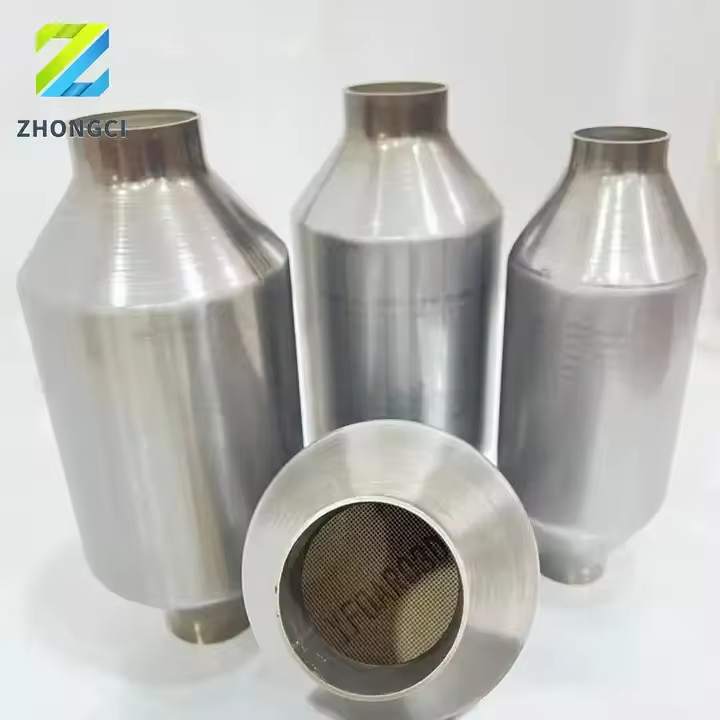
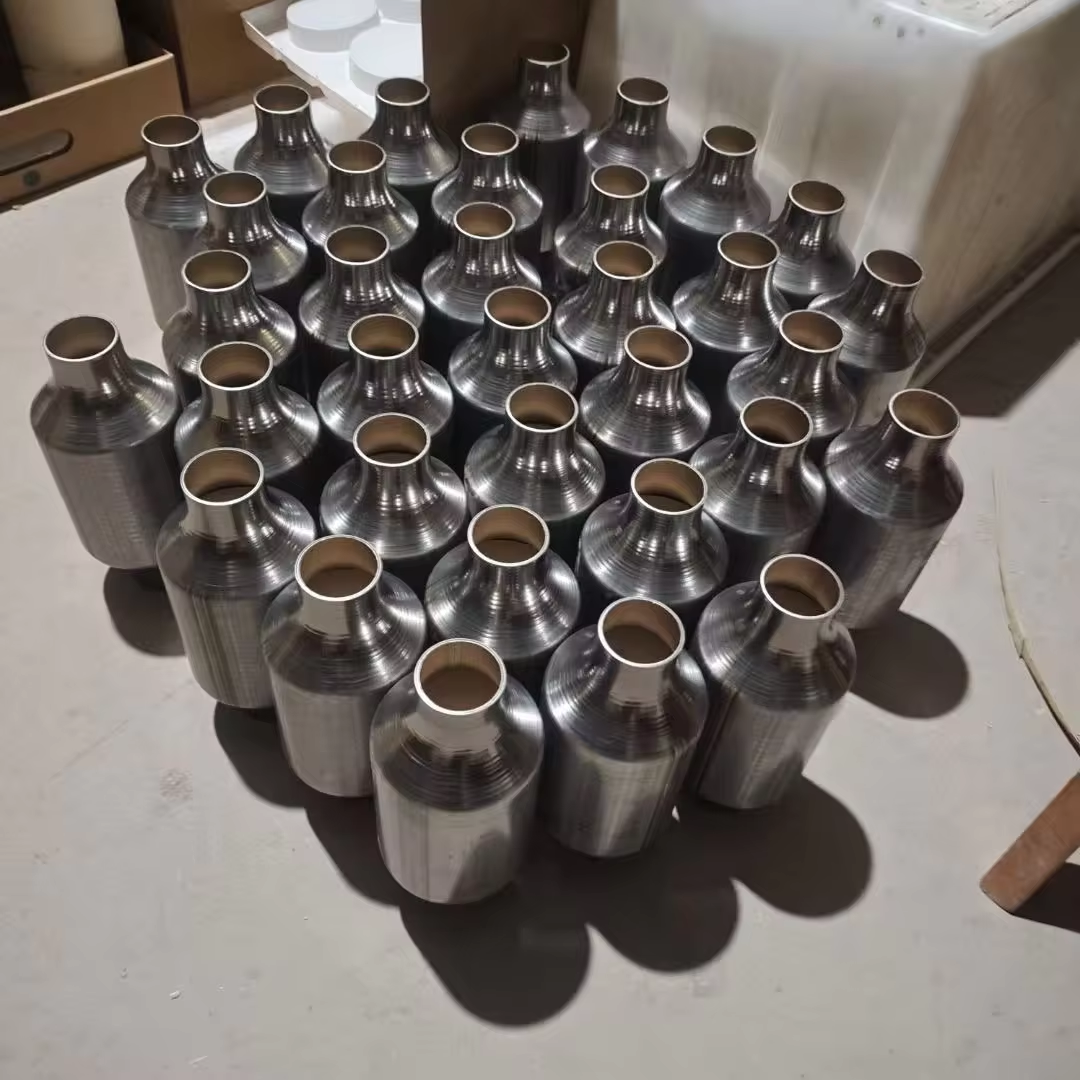
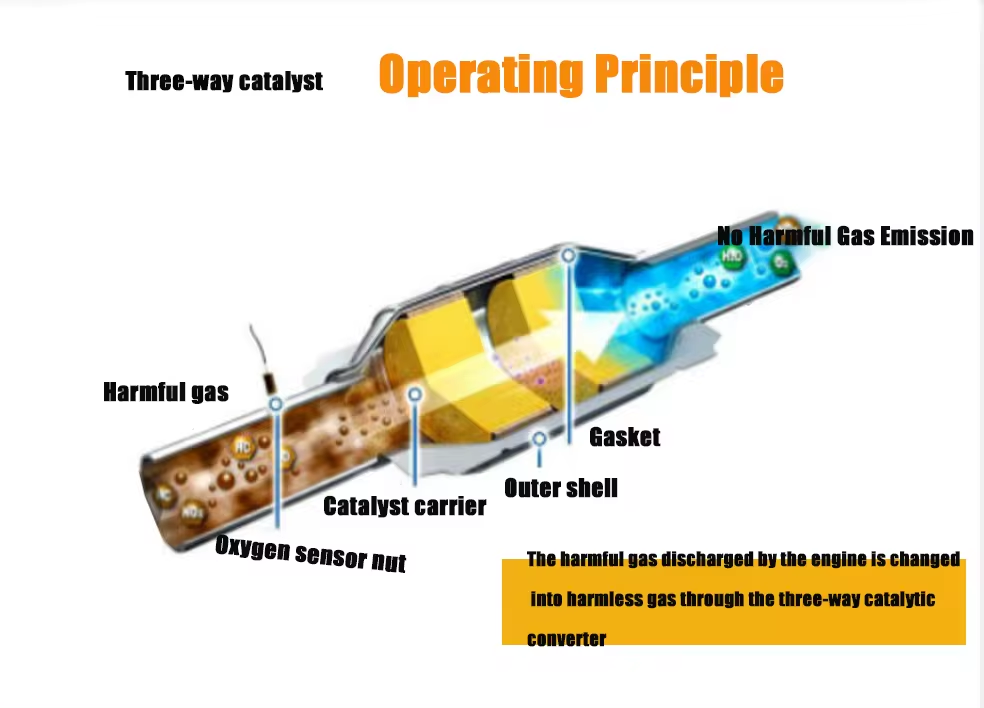
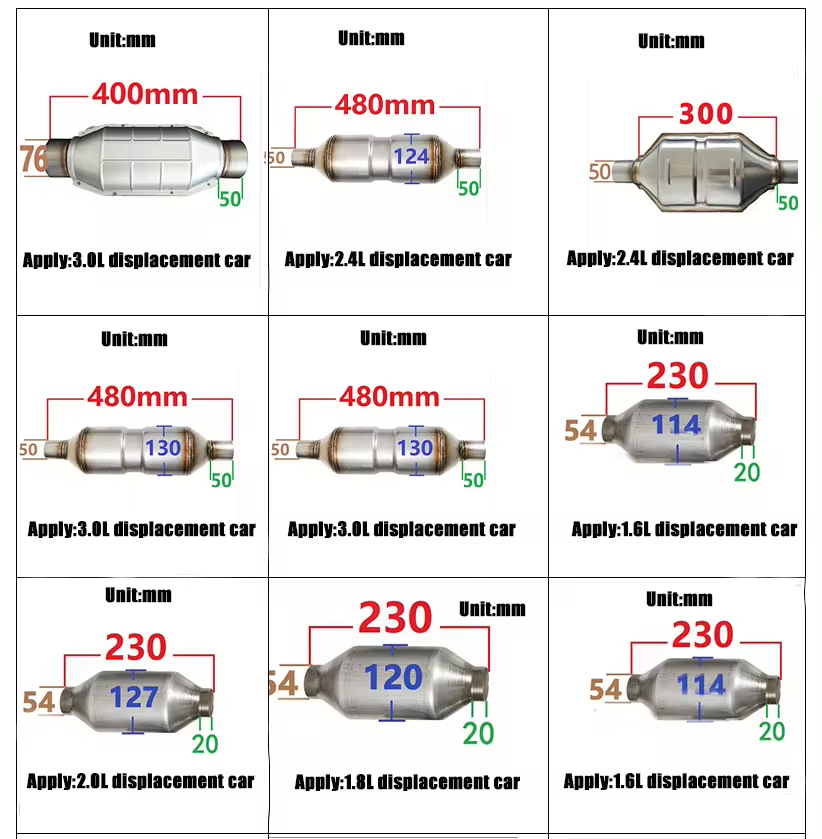
To better ensure the safety of your goods, professional, environmentally friendly, convenient and efficient packaging services will be provided.
<< Previous page
Next page >>